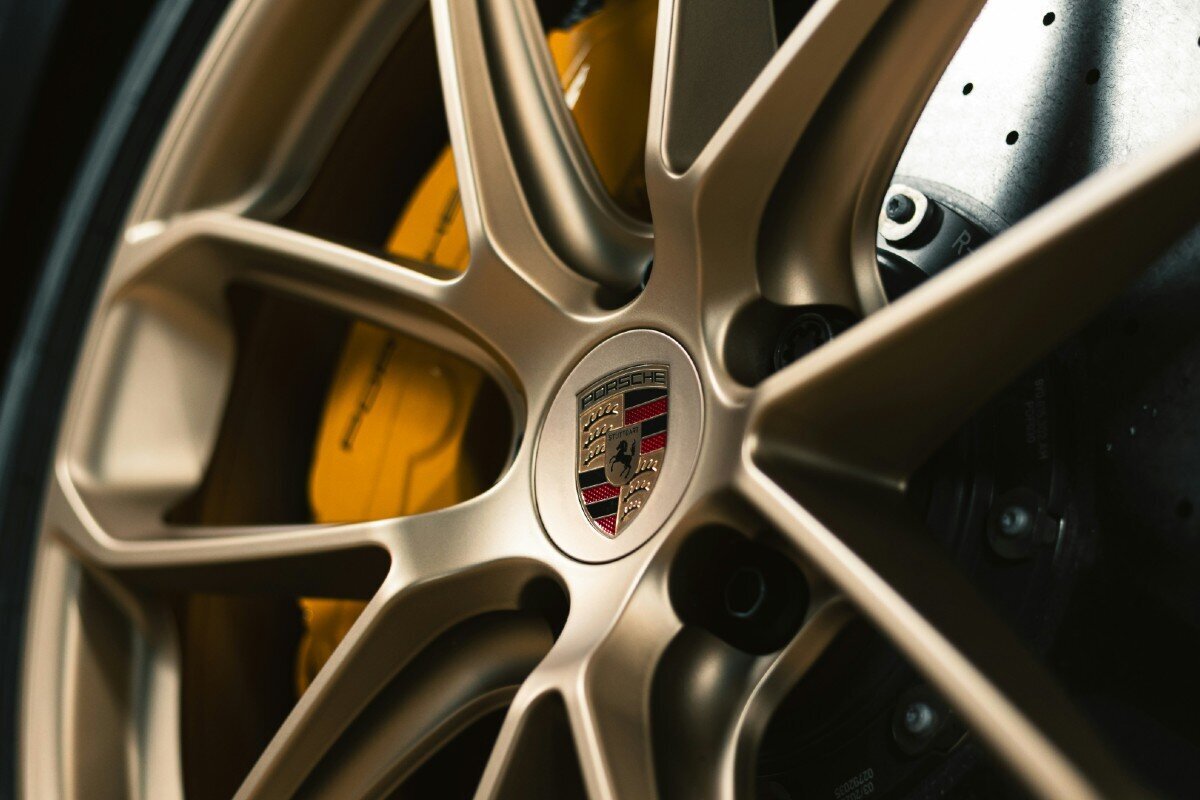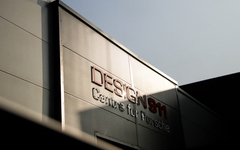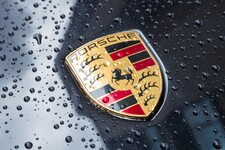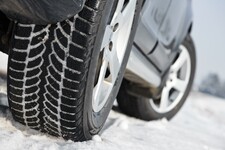
Premium Porsches are perhaps best known for their performance and speed, but for driving enthusiasts and collectors, it's often just as important to know how quickly their car can go from 100 to 0 as from 0 to 60 MPH.
One of the famous features of the bright yellow Porsche Ceramic Composite Brakes, or PCCBs, that were first introduced for the 996 Turbo in 2001, is that they’re created with an incredibly detailed and meticulous process, which delivers a 50% weight saving, lower fuel consumption and huge improvements in smooth braking capacity.
Specialists in Porsche OEM and performance components, Design911, have shared a closer look at PCCBs, explained why they're seen as a no-expense-spared upgrade for a variety of Porsche models, and what makes PCCBs worth the price tag.
An Introduction to Porsche Ceramic Composite Brake (PCCB) Manufacture
PCCBs are widely considered the absolute best in modern brake tech, and since their launch, they remained available as an optional extra on Porsche models until May 2022. Still, they are now reserved only for new Porsches produced with PCCBs as standard, but can be fitted as a performance upgrade.
The secret to their superior performance lies in the complexity of the production process, during which each PCCB takes a whopping 20 days to manufacture from plastic and carbon fibre.
Those materials are pressed in a mould at 200 °C to develop the right brake shape. From there, the discs are baked at a staggering 1,000 °C, over a two-day period, with the temperature gradually increasing until carbonisation, when the plastic in the blend becomes carbon.
After cooling, the Porsche brakes are treated with a ceramic silicone powder, which must be applied in a vacuum to bind to the disc; this step takes a further 24 hours. The final phase is the addition of an anti-oxidation layer, which protects the disc and boosts durability.
The Evolution of Ceramic Composite Brakes From Racing Technology
Interestingly, for drivers with a passion for history and heritage, ceramic composite brakes are a contemporary version of the original carbon-carbon brakes developed for Formula One racing back in the 80s.
R&D in aerospace applications in the 70s had shone a light on the thermal properties of carbon. This led to automotive racing specialists looking at how they could adopt carbon-carbon braking systems into their vehicles – seeing advantages in terms of temperature resistance, reduced brake fade, continual friction and light weights, especially when compared to the conventional iron discs that were the most used alternative at the time.
Those earliest versions of ceramic composite brakes used lightweight discs that were perfect for racing environments but less suited to normal road conditions, as they didn't perform well in cold weather and wore down quickly.
Some of the very first to recognise the benefits of adapting this tech for everyday drivers were Brembo and SGL Carbon, who began manufacturing carbon-ceramic composites used on high-performance cars from the early 2000s onward.
These manufacturers investigated how to address inconsistent performance in the cold, where pure carbon brakes aren’t at their best until operational temperatures rise, and how to reduce costs and improve durability to make the brakes more affordable and longer lasting.
The outcome was the development of a ceramic composite material —a matrix of silicon carbide ceramics strengthened with carbon fibres. Brembo patented a process that reduced the extensive production time required and created a new composite that had all the benefits of pure carbon but corrected its drawbacks.
Porsche started creating PCCBs in 2000 for the 911 Turbo and GT2 models, and the rest, as they say, is history.
Why Porsche Drivers Invest in PCCBs: The Benefits and Drawbacks
Onto the benefits, and, needless to say, PCCBs aren't a cheap component, but it is the performance improvement that makes them a worthwhile investment. Each set of PCCB brakes weighs about half that of iron alternatives, making the whole car roughly 20 kilos lighter.
This has immediate impacts on acceleration, fuel consumption and handling, similar to the changes you’d expect if you swapped a set of heavy wheels for a lighter alternative. However, the ceramic layer we mentioned also provides distinct improvements in late braking smoothness, as it handles friction with ease.
Another standout benefit is that PCCBs are impressively strong and long-lasting and won’t warp or become damaged even when exposed to vast amounts of pressure and heat.
They are also naturally rust-proof, so they won't develop corrosion after exposure to moisture and salt, which can represent a cost-saving if you’ve previously found yourself constantly replacing brake pads.
For everyday driving, PCCBs are expected to last over 100,000 miles and possibly the entire lifespan of the car, without requiring frequent cleaning. PCCBs generate minimal dust, unlike steel brakes, which is a win for drivers who pride themselves on the aesthetic of their vehicles.
Scenarios When Porsche PCCBs May Be Less Advisable
The downside is for those who love track driving. Although PCCBs are fade-resistant, they're an expensive option, and during an extended track day, there's a risk that even their resistance to high temperatures could be compromised by intense heat.
That said, if you love the status symbol of the bright yellow callipers and want to try the best in top-tier Porsche braking tech, a set of PCCBs is the way to go.
Read more about Design911 - Design911 Shares Visit to Respected European Porsche Specialists, Julia Porsche, in Barcelona
About Design911
Design911 has established itself as the market leader, offering trade and retail customers a full range of OEM and aftermarket Porsche parts for general servicing and rebuild as well as restoration and tuning. The company supports customers in the UK, EU and world-wide to include USA, Spain, Italy, Germany, France and the Netherlands.
The Design911.com website now sports a Porsche parts finder to help you get the exact aftermarket Porsche part you need. The company's impressive 34,000 sq. ft Essex headquarters comprises a sales department, warehouse, workshop and body shop, as well as a showroom of classic Porsches for sale. In addition a European warehouse - based in Heijningen, Netherlands, secures fast delivery across the EU for a vast range of branded Porsche car parts.







